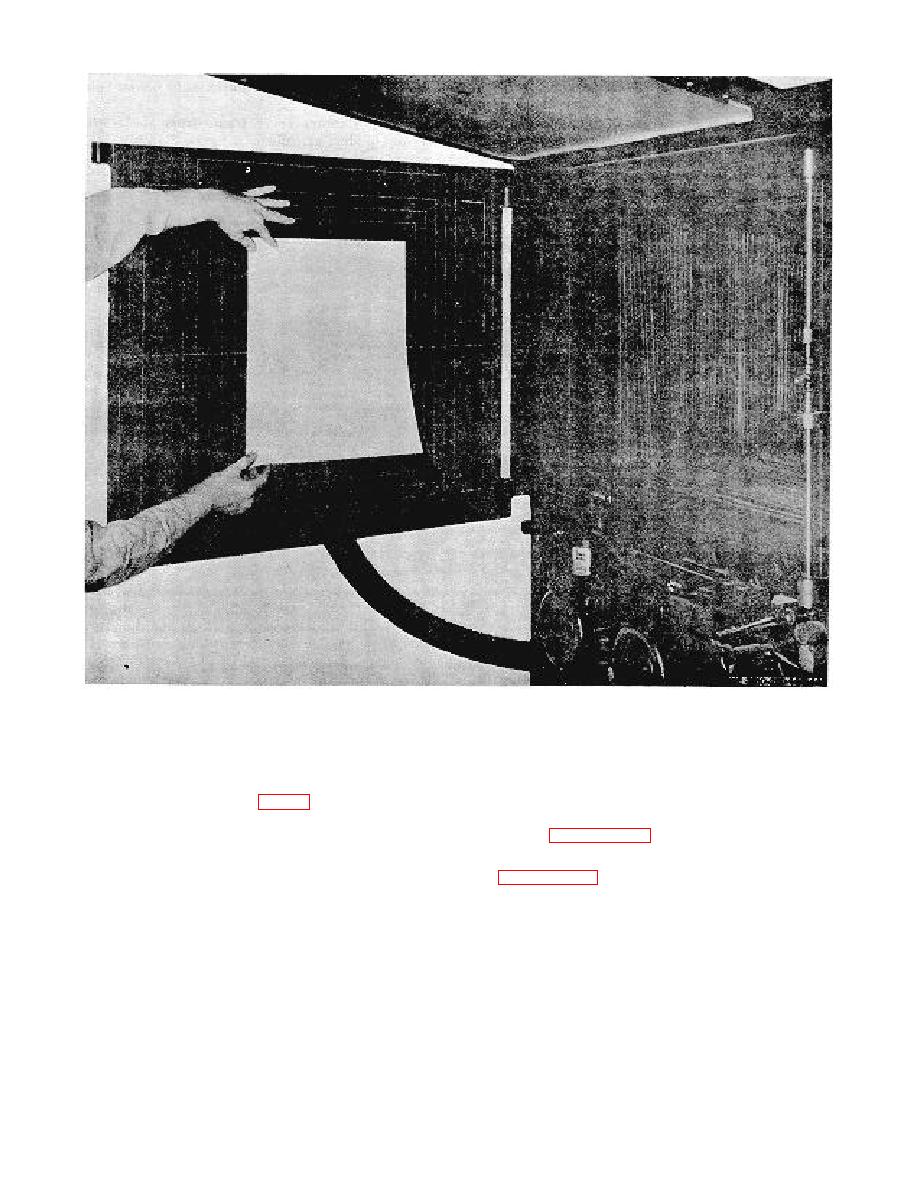
Figure 2-14. Placing film on vacuum back.
obtain a halftone negative. The preparation of a halftone
(4)
Lock the vacuum back in photographic
negative requires the use of a high contrast film similar to that
position.
used for line negatives, the introduction of a contact halftone
h. Film Exposure.
screen between the negative and lens, and a series of
exposures designed to provide the desired contrast range.
(1)
Turn on switch (3, fig. 2-9) to light arc lamps.
b. Arc Lamps. Position the arc lamps at 36 degrees, as
(2) Open shutter through switch (5) for full
detailed in paragraph 2-36. c.
exposure time, and then close shutter.
c. Vacuum Back Settings. Follow instructions as given
(3)
Turn off the arc lamps and open the vacuum
in paragraph 2-36. g.
back.
d. Halftone Negatives Using Contact Screen.
To
(4) Turn off the vacuum back toggle switch (6),
prepare halftone negatives through a contact screen instead
and remove film from the vacuum back. The film is now
of the glass screen, the contact screen must be larger than
ready for developing.
the film to be exposed so that it will seal the film against the
vacuum back. The exposure control for contrast correction is
2-37. Producing Halftone Negative
also accomplished through a fixed stop opening (varying only
for size ratio of reproduction as in "line" photography), either
by proportioning exposures through a rose colored and a
a. General. When any continuous-tone subject is to be
yellow filter inserted alternately in the filter slot of the lens, or
reproduced by printing on the offset map reproduction
by an improved method of exposing the subject without a
presses, it is necessary to photograph the subject so as to
2-15


